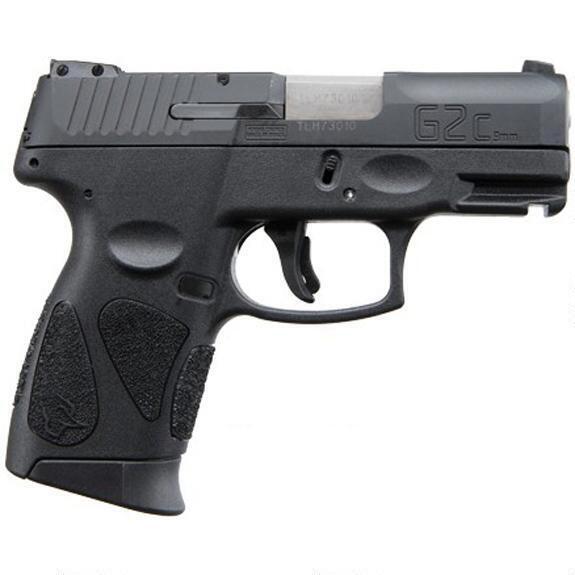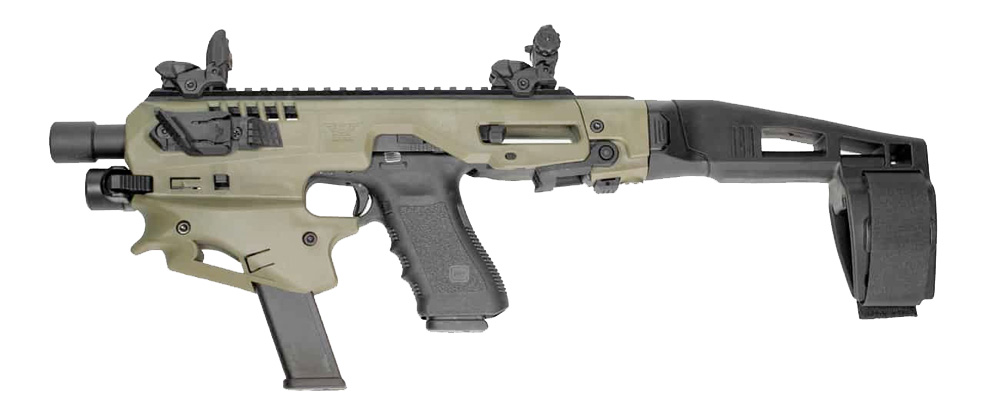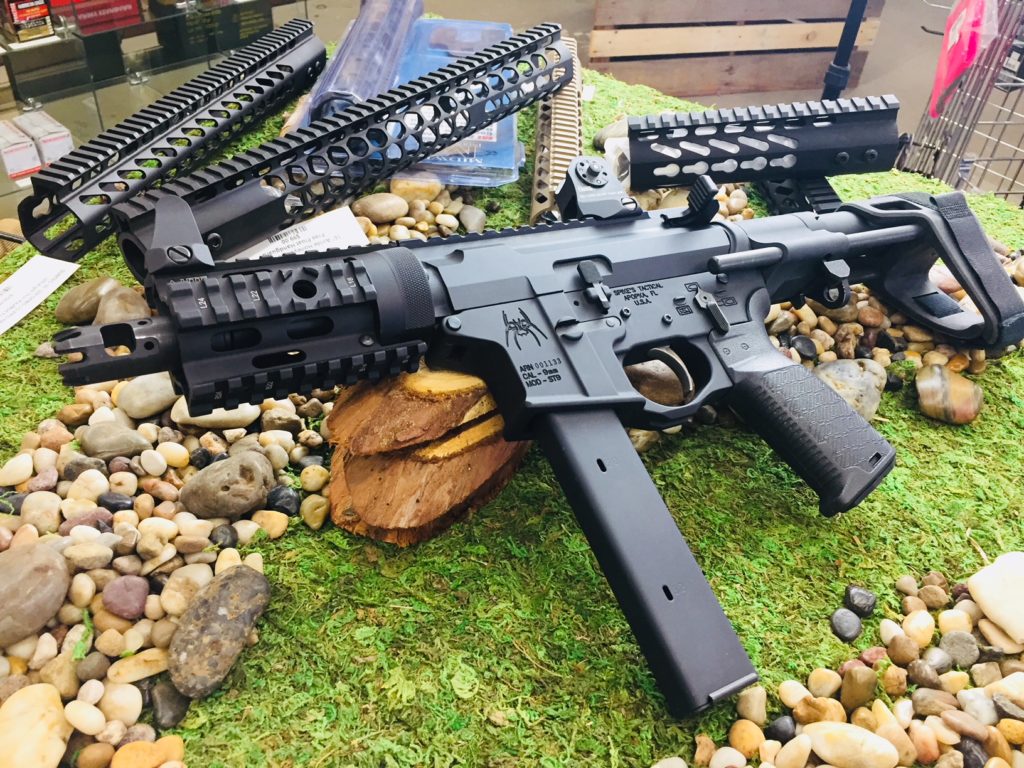How to select an AR-15 barrel was a question asked often during our time in retail. People getting ready to purchase an AR-15 for the first time had done preliminary research, but were left with more questions than answers.
What factors go into determining the type of barrel best suited for one’s needs? Well, that realistically depends on the intended primary usage of your firearm and how often you intend to shoot it.
Something we can’t stress enough: All kinds of things contribute what makes a barrel “good”, and good means something different to different people. Expensive doesn’t necessarily mean the best, because what can make a barrel expensive may have no effect on the type of shooting you do.
With that out of the way, let’s get started.
Barrel Material
When it comes to today’s Modern Sporting Rifles, 99.9% of the barrels on the market are fabricated from steel, with two varieties being most prevalent – 4150 CMV (or Chromoly) and 416-R Stainless Steel. Both have their inherent advantages and disadvantages for both manufacturers and shooters.
You may come across barrels that have slight variations of the alloy compositions (eg. 4140 CMV or 410 stainless), but for all practical purposes the characteristics remain the same.
4150 CMV
4150 CMV is the material most militaries use for their service weapon barrels, and is hence referred to as “Mil-Spec”. It is a durable high carbon content steel, which makes it resilient to heat and abrasion. All said and done, CMV barrels are capable of providing a good balance of performance, longevity and and value, perfect for modern sporting rifles.
Stainless Steel
The machining characteristics of stainless steel make it the best choice when a high level of precision is required. Because of this, stainless steel is commonly selected for more specialized barrel applications that demand increased accuracy potential. Stainless steel barrels tend to wear faster than CMV, however a stainless steel barrel will stay more accurate over its usable life.
Barrel Production Methods
How the barrel is made can certainly have an effect on its performance. While multiple of barrel fabrication methods exist, most mass-produced AR-15 barrels are manufactured either by Button Rifling or Cold Hammer Forging.
We could write entire articles describing these individual processes, but there are already plenty to be found using the Google if you really care to know the intimate details of each process. We’ll keep it limited to basic real-world rules of thumb.
Button rifling is a cost effective way for manufacturers to produce quality barrels using both 4150 CMV and stainless steel. The majority of AR-15 barrels made for the civilian market are created using this process. Even a budget button rifled barrel will provide a good balance of performance and durability. With special manufacturing techniques, care and precision, button rifled barrels are capable of a high degree of accuracy.
Cold Hammer Forging can create very strong, long-lasting barrels. This is why they are commonly found in military service rifles. CHF barrels are almost exclusively made from 4150 CMV as it is inherently more heat and wear resistant. The equipment needed to produce CHF barrels is expensive, which translates to higher retail cost.
AR-15 Barrel Profiles/Contours
Profile or contour refers to the shape and weight of the barrel. Profiles are broken down into three basic categories: Heavy, Lightweight and Government, each offering its own pros and cons.
Heavy AR-15 Barrels
Heavy barrels are used when accuracy is top priority. In this group you’ll find profiles like Bull, SPR (Special Purpose Rifle), DMR (Designated Marksman Rifle) and a few others. The heavier the barrel, the less susceptible it will be to vibration and warp caused by heat buildup during prolonged firing, making it more capable of consistent accuracy. A heavier barrel can also help tame recoil.
Of course all these benefits come at the cost of weight. This may not be a consideration if most of your shooting is done from a bench or using a tripod while prone, but likely is if you’re wanting mobility and manueverability.
Lightweight AR-15 Barrels
On the other end of the spectrum, a lightweight barrel (sometimes referred to as pencil profile) will help contribute to a faster-maneuvering gun while making it less of a burden to carry. The downside is that the thin barrel walls don’t tolerate heat nearly as well and may cause pronounced warp and barrel whip, especially during prolonged shooting.
An AR-15 with a lightweight barrel is often used in the role of emergency bugout/SHTF gun, where one is more concerned with overall weight of their gear loadout, and not so much with the ability to maintain accuracy during sustained fire. Many 3-Gun competitors use a lightweight barrel as well, as they lend themselves well to fast target acquisition.
Government Profile AR-15 Barrels
In between light and heavy sits the Government category. These “Goldilocks” profiles can differ slightly in weight and shape depending on manufacturer, but all seek to find a degree of balance between heavy barrel performance and lightweight barrel mobility. Some of the specific profiles in this category are M4, Nato, Gunner, SOCOM and Hybrid.
Government profiles are the most common barrels in the AR world and the barrels found on most civilian AR-15s. With the exception of a few specialized models, all JTAC AR-15s utilize these types of barrels as they provide a performance-to-weight ratio that most shooters consider ideal in a multi-purpose Modern Sporting Rifle.
Finishes and Coatings
Uncoated or Raw Finish
Stainless steel barrels are often left uncoated because the surface smoothness makes it difficult for coatings to adhere. Some stainless barrels are bead-blasted, which removes the shiny finish, leaving the barrel a matte grey, but this doesn’t affect the performance of the barrel.
Manganese Phosphate
Manganese phosphate, usually just referred to as “phosphate”, is the Mil-Spec standard treatment for barrels, and is the lowest quality of coating. It gives the barrel an inky, matte black appearance. With the inclusion of oil it does provide excellent corrosion resistance on the outside of the barrel, however is it prone to abrasion and requires ongoing maintenance.
Nitriding
Nitriding is a newer finishing treatment where a chemical process is used to dramatically increase the hardness of the surface without adding any material. Black oxide is added during the process, leaving the barrel a black semi-gloss finish that’s highly scratch and corrosion resistant. Other names for this you might come across are melonite, salt bath nitride, black nitrite or QPQ. They all essentially refer to the same process.
Chrome-Lining
Chrome lining adds an additional layer of protection to the inside of a barrel. A thin chrome coating is electro-mechanically bonded throughout the bore and chamber forming a very hard, smooth surface layer that makes it even more resistant to wear and heat. This is especially important to military and other full-auto shooters who train and fight using full auto fire.
Chrome-lining helps make a barrely highly durable, though it can slightly degrade the accuracy of the barrel as it is very difficult to apply uniformly.
So Which Type of AR-15 Barrel is the Best?
Of course, this is such a loaded question. Best for who? What makes a barrel “good” has much more to do with the care given to quality assurance and control throughout the manufacturing process, than what its made of or coated with.
That being said, the machining properties of stainless allow it be honed more consistently with higher-definition rifling, crowns, and chambers. For someone prioritizing accuracy above all else we’d recommend a button rifled, stainless steel barrel in a government or heavy profile. This type of barrel can be found on specialized JTAC models like the Longshot and Sharpshooter Recce Rifles (learn more about Recce Rifles here), and will have the best accuracy potential when it comes to the mass-produced barrels on the market.
For the average everyday shooter, a good nitride-treated, button rifled CMV barrel made by the likes of like Ballistic Advantage, Faxon or Sons of Liberty Gunworks will fill a wide range of needs, providing a great balance between accuracy and durability without the need for much maintenance. You’ll find these barrels on most of JTACs models in our Performance Series, Defender Series and Duty Series lineups. Unless weight is of concern, a government profile barrel will work well for most shooters.
If you’re a traditionalist, or one of the lucky few who has the means to frequently shoot full auto, you’ll want a top quality CHF barrel by the likes of FN or Daniel Defense. Otherwise it might surprise you to hear that we feel a CHF barrel really isn’t worth it for those that only shoot semi-automatic.
For semi-auto shooters who want to train hard and shoot often, we recommend a barrel that gives you the accuracy of button rifling with the added longevity of chrome-lining. We’re specifically talking about Criterion Barrels. That ideal combination of longevity and performance is why we love them on our Battle Series models instead of a standard CHF barrel.
I know, I know…given what’s been previously stated, chrome lining and accuracy seem like two opposing concepts, but Criterion has developed a highly-refined method for defining the chrome surface to the point that it doesn’t degrade accuracy. While Criterion barrels may give up a slight edge to CHF barrels when it comes to strength, the real-world benefit of a cold hammer forged barrels is usually lost on semi-auto shooters.
If you still need convincing, Criterion barrels are currently in service with the US Army Marksmanship Unit Action Shooting Team and the US Marine Corps Combat Shooting Team. That should make two things very evident: they’re durable enough for repeated, high-intensity training, and they’re capable of elite accuracy.
Just a note: CHF Purists need not worry though, we do offer the option switch to a comparable Daniel Defense CHF barrel if one so desires.
Final Thoughts on AR-15 Barrel Choice
Experience has shown us that many first-time purchasers overestimate their barrel requirements as far as accuracy potential and durability. If you’re just the kind of person who likes to have the best, we can respect that. But many overspend, convincing themselves they need an expensive, uber barrel on their brand new firearm when something more budget-friendly would do just fine.
Our advice is simple…don’t overthink your barrel choice, especially for your first AR-15. At JTAC USA we’ve carefully considered barrel choices for every model and tier we offer. If we had any doubt whatsoever that the included barrel might be inadequate for the model and tier’s associated use and price point, we wouldn’t have chosen it.
Unless you’re reloading your own ammo and happen to have a range in the backyard, shooting is both expensive and something most have to go out of their way to do. Best intentions aside, 99% of shooters aren’t training or shooting nearly enough to achieve elite accuracy or worry about wearing out even a low quality barrel. Add-in the thousands of dollars in additional costs inherent to long range precision shooting – optics, pereferials, precision components, match grade ammunition…and suddenly most people realize that they’re perfectly happy just hitting an 8-inch target at 100 yards using the cheapest brass-cased ammo they can buy.
Please don’t misunderstand; we’re not trying to steer anyone away from the noble pursuit of marksmanship excellence, we’re just suggesting that novice shooters and first-time buyers be realistic about the budget requirements and commitment level required, before getting out their wallet.
Something else to keep in mind is that the law of diminishing returns holds true with barrels, just like anything else. The more you spend, the less degree of improvement you see with each increasing dollar. Think of it like this; a $150 barrel may hypothetically shoot twice as accurately as a $75 barrel, but a $300 barrel may only provide a 5-10% improvement over that same $150 barrel. To be sure, that small percentage may be crucial enough to justify the cost for someone, but the rest of us will get by just fine with the $150.00 barrel.
Of course buyers do have the option to upgrade to a higher grade barrel before adding to the cart. You can always contact us directly if you have more specific needs, and we’ll be happy to explore options with you.
Finally, if you have further questions about barrels in general, or anything other component, don’t hesitate to reach out. Otherwise train hard, stay safe and enjoy life!








